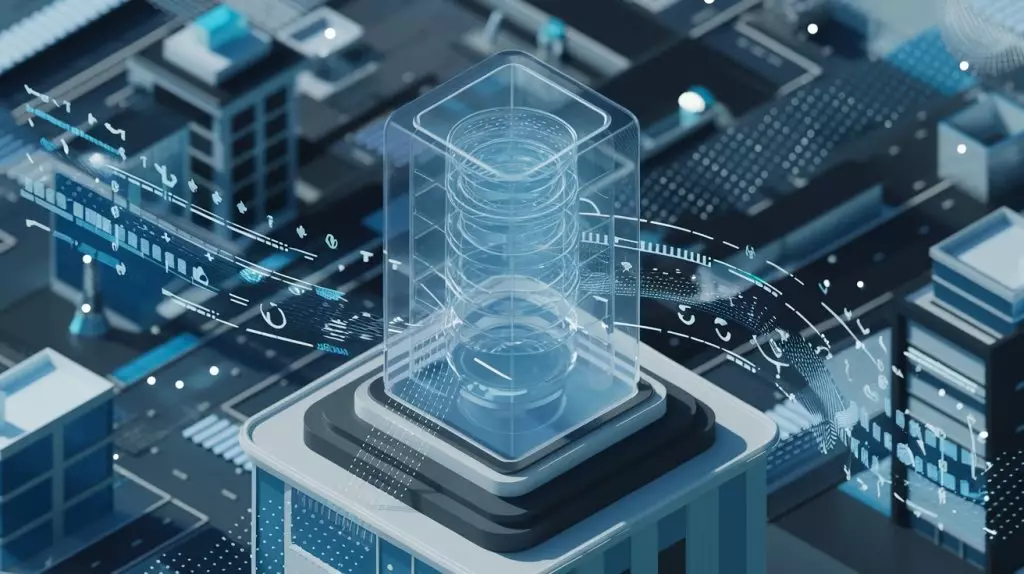In the rapidly evolving landscape of artificial intelligence (AI), the transformer architecture has emerged as the foundation upon which many cutting-edge AI systems are built. Large language models (LLMs) like GPT-4, LLaMA, and Claude rely on transformers to deliver powerful and efficient results. The increasing integration of transformer technology into various applications—spanning text-to-speech, speech recognition, image generation, and even text-to-video—is a testament to its versatility and effectiveness. This article aims to explore the intricacies of transformers, their functional mechanisms, and their critical role in advancing scalable AI solutions.
At its core, the transformer is a neural network architecture designed primarily for modeling sequential data. This innovation allows for exceptional performance in tasks traditionally associated with natural language processing, such as translation and sentiment analysis. Unlike prior models, transformers excel thanks to their underlying attention mechanism, which enables parallel processing. This characteristic is not only critical for enhancing model training efficiency but also plays a key role in facilitating inference at scale.
The inception of the transformer architecture can be traced back to the groundbreaking 2017 paper, “Attention Is All You Need,” published by researchers at Google. Initially conceived as an encoder-decoder framework specifically for language translation, the transformer has since evolved into the backbone of many modern AI applications. It paved the way for models like BERT, an early LLM that, by today’s standards, could be considered relatively compact yet marked the turning point in our understanding and application of transformer technology.
As the demand for increasingly sophisticated AI solutions continues to grow, the transformer architecture has undergone significant advancements. Innovations in graphics processing unit (GPU) technology have dramatically improved the capabilities for multi-GPU training, which is crucial for handling the vast datasets required for training large models. Additionally, techniques such as quantization and mixture of experts have emerged to reduce memory usage without sacrificing performance.
Further refinements in optimization algorithms, evidenced by methods like AdamW and Shampoo, have streamlined training processes, while computational strategies such as FlashAttention and key-value (KV) caching have enhanced the efficiency of attention mechanisms. These innovations not only advance the capabilities of transformers but also promise to sustain their relevance in the competitive AI space.
Encoder and Decoder Components: Bridging Context and Generation
Transformers typically operate through an encoder-decoder structure, where each component serves a distinct role. The encoder processes input data to develop a vector representation that can be utilized for various downstream tasks, including text classification and context analysis. Conversely, the decoder utilizes these representations to generate output—be it sentence completion or text summarization—thereby demonstrating the versatility of transformers across multiple use cases.
For many contemporary models, particularly those in the GPT family, a decoder-only approach has become prevalent. These models excel in tasks such as text generation, benefiting from the inherent strengths of transformers in capturing long-range dependencies within the textual context.
Central to the functioning of transformers is the attention layer, a component that enables the model to maintain contextual awareness over extended sequences of text. Transformers employ two forms of attention: self-attention and cross-attention. Self-attention focuses on capturing relationships between words within the same sequence, while cross-attention promotes connections between words across different sequences. This functionality is particularly vital during translation tasks, where it allows for the alignment of corresponding words in different languages.
Mathematically, both self-attention and cross-attention can be represented through matrix multiplication, a process that can be efficiently executed using GPUs. This operational efficiency underlies the transformers’ ability to learn and infer relationships between distant words in the context, an area where older models such as recurrent neural networks (RNNs) struggle.
The Future Landscape of AI: Emerging Trends and Multimodal Models
As transformer technology continues to dominate the AI sphere, attention is shifting towards multimodal applications—transformers capable of processing and integrating various types of data, such as text, audio, and images. The introduction of models like OpenAI’s GPT-4 exemplifies this trend, showcasing the potential for rich, cross-modal interactions in AI.
Multimodal models promise to expand the horizons of AI applications, making sophisticated AI solutions more impactful and accessible. They facilitate a diverse range of applications, including video annotation and voice synthesis, and hold significant promise for inclusivity, particularly in assisting individuals with disabilities.
Transformers are not merely a passing trend in AI; they represent a fundamental shift in how we approach the modeling of sequential data. With an ever-increasing array of innovations and applications, the future of transformers appears bright. As research continues to unfold, the potential for transformers to drive progress across various fields remains vast and largely untapped. Embracing their capabilities will undoubtedly pave the way for even more transformative technologies in the years to come.

